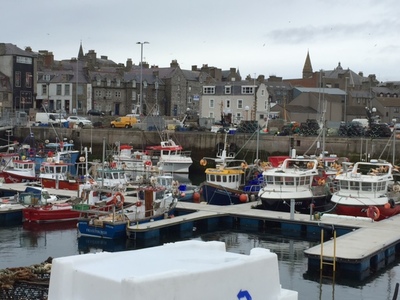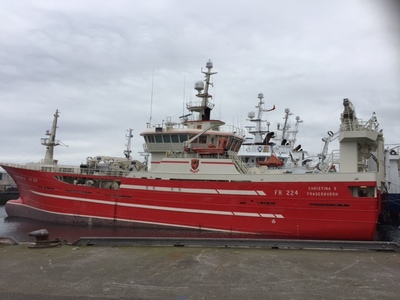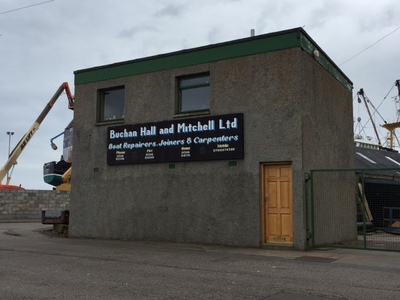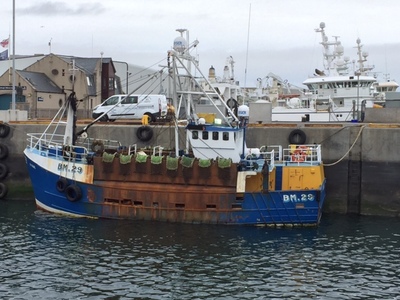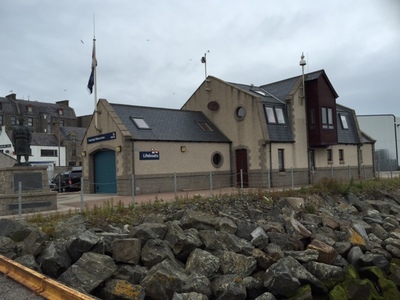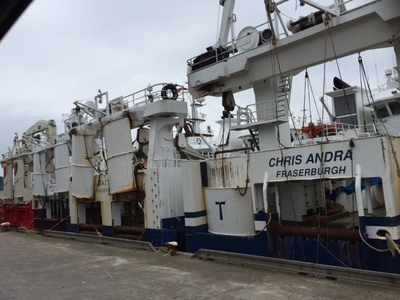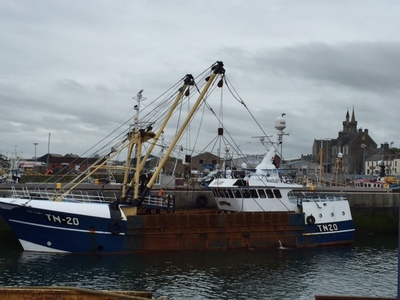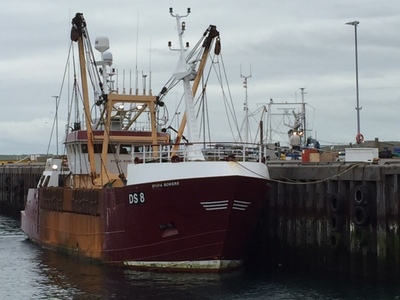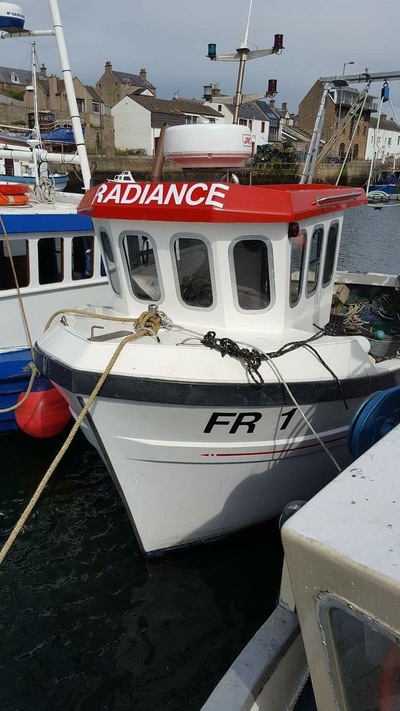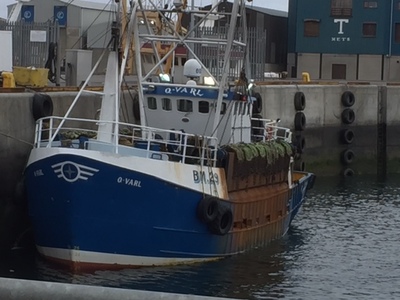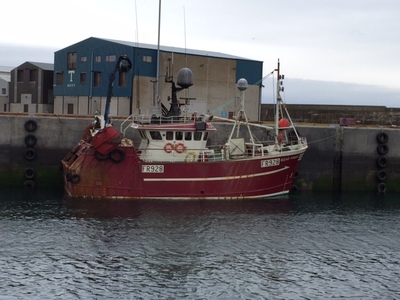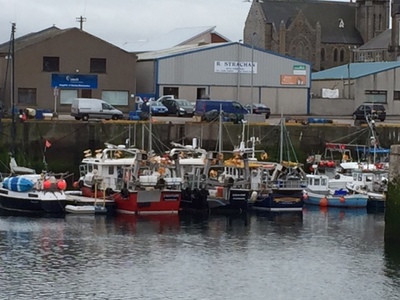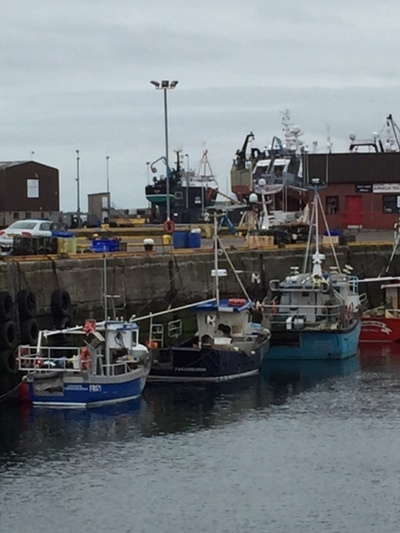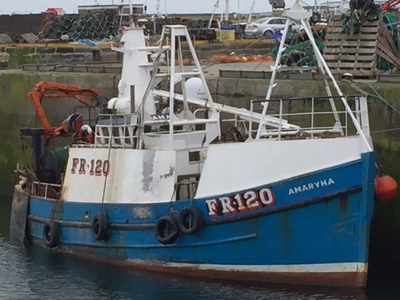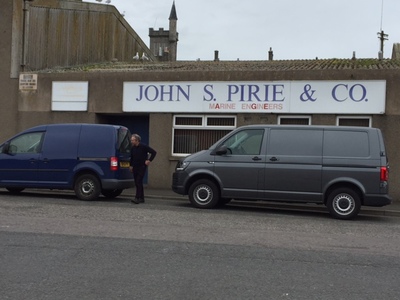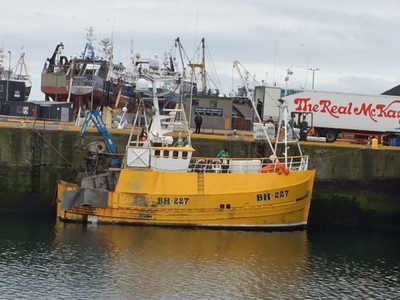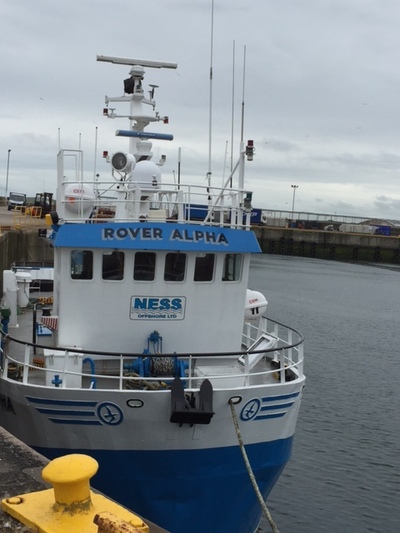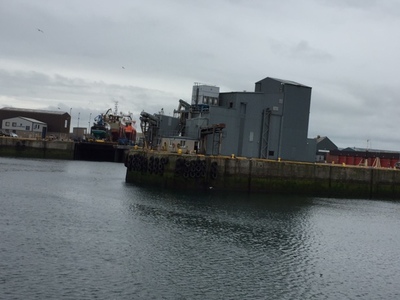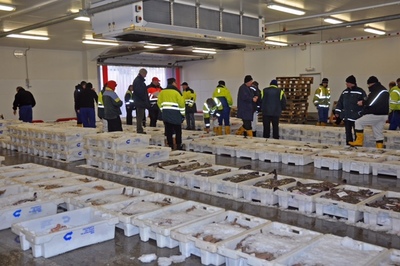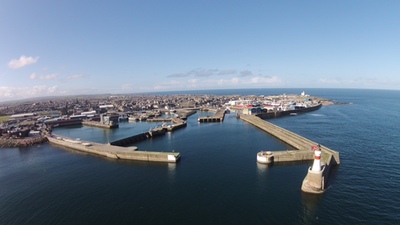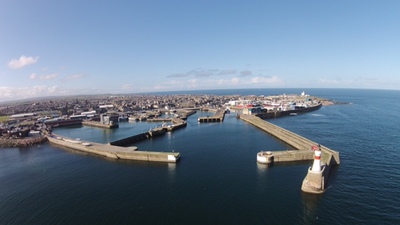
View all banners
FAFB will never call you and ask for your credit card details over the phone. If this happens, hang up!

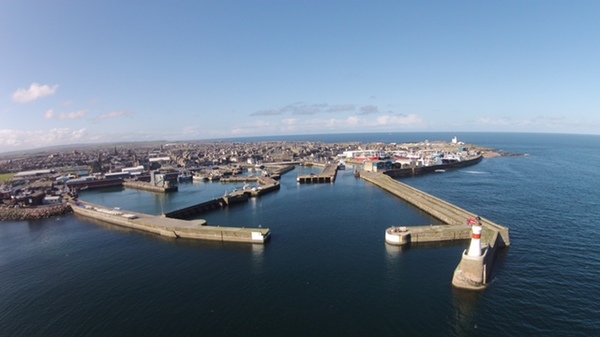
Located in Aberdeenshire on the north east coast of Scotland, Fraserburgh is a busy commercial harbour and is the largest shellfish port in Europe landing over 12,000 tonnes in 2008. Fraserburgh also lands significant quantities of white fish and is ranked as the third most commercially active port in the UK in terms of landings; the haul for 2014 was 26.4 thousand tonnes (a reduction of 36.7% over the ten years from 2004).
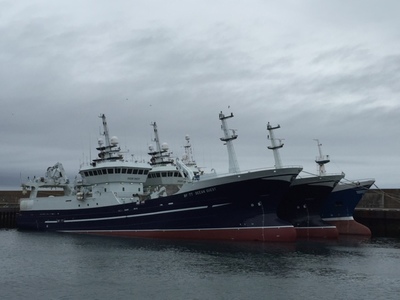
Known historically as Faithlie, the town of Fraserburgh is known to have been a settlement long before records began in 1370 and it’s name changed, by Royal Decree, to Fraserbugh in 1592.
The town’s association with fishing is still its principle claim to fame as well as being the site for Scotland’s first lighthouse that is situated on the headland known as Kinnaird Head on the site of the old castle. Though superseded by a modern structure a lighthouse at Fraserburgh is still active.
Up until the turn of the 19th century fishing in the area was largely small scale due to the monopoly held by the Dutch on the herring industry. Fraserburgh mostly serviced the needs of local markets without much commerce and trade between the coast and the country. There is a saying that hails from the region "Cod and corn dinna gaun the gither" which underlines the suspicion with which the two communities regarded each other and basically means that sea folk and country folk did not mix.
After the bounty system was introduced which paved the way for Scottish fishermen to challenge the Dutch supremacy at sea more and more fishing villages began to invest in upscaling their operations.
In 1807 on the same site as the existing North Pier a foundation stone was laid on the breakwater thus starting the construction of the port.
By 1810, a herring curing factory was constructed and, influenced by a strong market in Eastern Europe for the delicacy, the herring and curing boom sparked a period of dramatic expansion for Fraserburgh. The South Pier was constructed in 1820 and there followed a steady rise in the town’s fortunes. By 1870 the once small fishing town had more than 1000 drifters returning to the harbour each season and fishermen plus the associated industry numbered more than 16,000 people in employment. From coopers, to curers, fishermen to gutters the town swelled in numbers between July and September as the fishing season ran its course.
When the railways reached the locale around this time, Fraserburgh’s export market suddenly expanded to include fish bound for the America’s and the Caribbean as well as Europe.
In the last quarter of the 19th century, Fraserburgh’s success dealt punishing blows to neighbouring fishing ports such as Rosehearty, Sandhaven and Pitullie. Also reliant on herring for their economies, these smaller harbours could not compete with the rate of change that was required to modernise their port facilities.
By the time the herring curing market was at its peak at the turn of the 20th century, the harbour had been completely remodeled to suit the fleet of herring boats that docked there including the construction of the Faithlie Basin in 1909.
However, as seems to be the case throughout history when fishing communities rely so heavily on one species of fish, overdependence and insufficient stocks forced the town to diversify its fleet. The first half of the new century for Fraserburgh was one of decline until the Faithlie Basin was made deeper in the 1950’s to allow for the more modern, larger fishing vessels to land their catches. These vessels were targeting pelagic and white fish as well as shellfish.
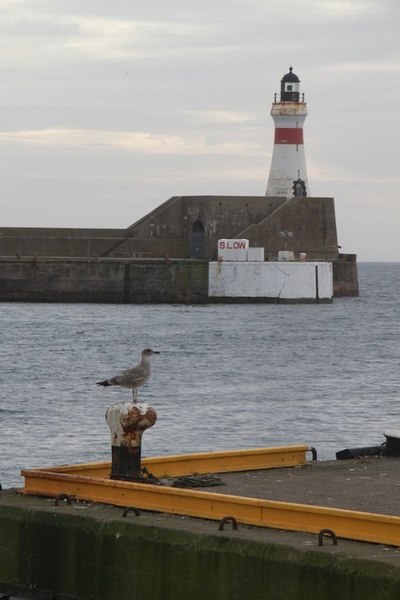
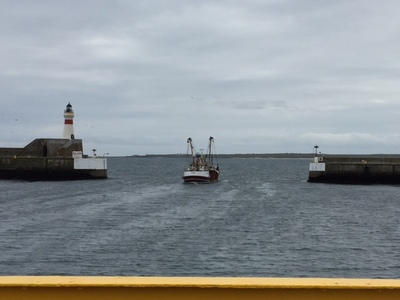
And the need for modernisation did not stop there as the 20th century bore larger and larger vessels the harbour was made deeper again during the 1980’s. Around the same time, storm gates were added and a new fish market was built. In 1992 another regeneration project was started which gave the harbour a large drydock
Fraserburgh seems to readily accept the pace of change that is required in the fishing industry and has continually invested in its future to retain a place among the top working fishing ports in the UK. The new slipway that was built in 1981 did not last two decades before it was replaced again by a six-berth facility in 2000 and the fish markets were upgraded in 2007 to accommodate refrigeration facilities.
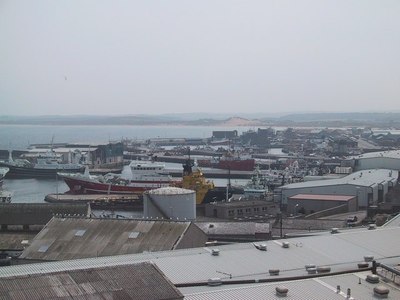
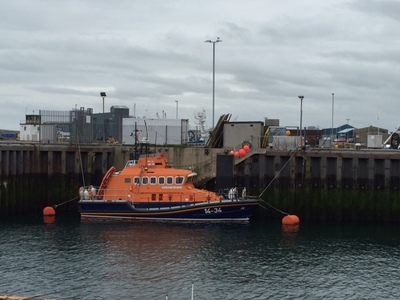
The current harbour itself offers all of the essential services that a modern fishing fleet requires from shore power, fresh wate, waste disposal and oil reception facilities. The area is well served by a strong local supply chain including ice, ship chandlery and excellent transport links.
The harbour offers a number of options for fishing crews, depending on the type of fish they are landing and the scale of their catch. The larger pelagic vessels can moor in Balaclava Harbour and offload their catch via pipeline directly to the Lunar Freezing Factory for swift and efficient processing.
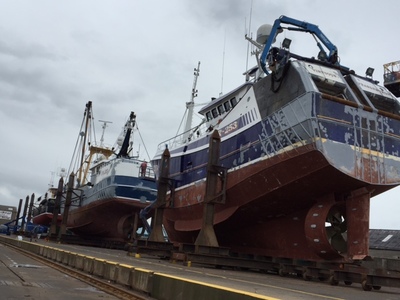
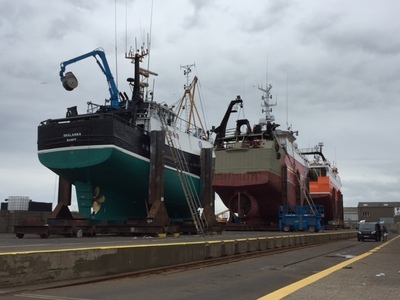
Reportedly offering two of the most cutting edge fish markets in the UK, the Fraserbugh markets cover 3,100 sq. metres handling approximately 6000 boxes of fish each day. Both markets are chilled to 1 deg C, five days per week, 24 hours per day meaning that catch can be kept at prime conditions prior to sale.
The bay and harbour are approved landing areas for pelagic fishing and there is a large demand with accompanying supply for both mackerel and herring from both continental and local buyers.
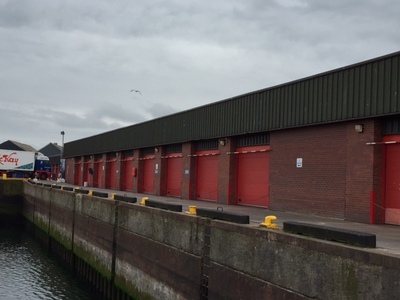
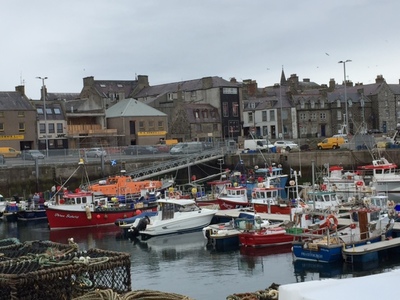
PIctures kindly provided by Robert Buchan
